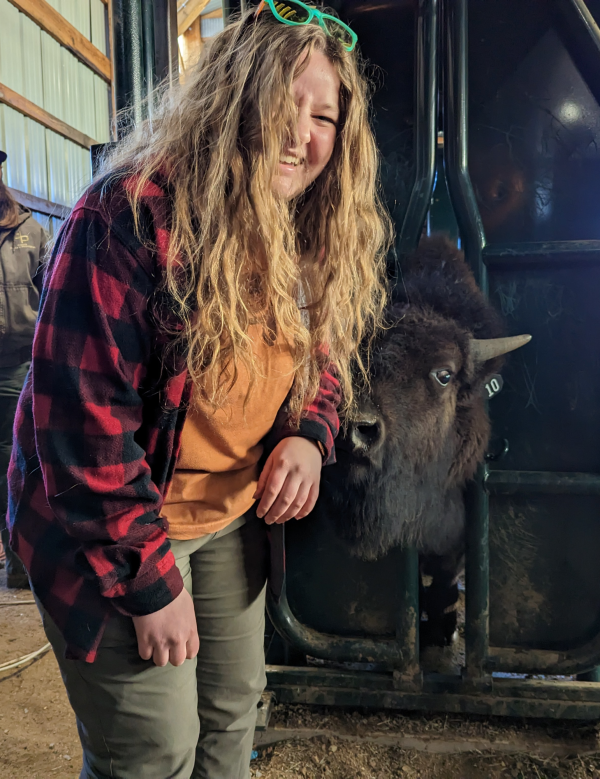
Congratulations Fayelynn Scheideman!
Master’s Degree Candidate
CU Denver Department of Integrative Biology
When: Wednesday, April 10th, 2024 2:00pm - 4:00pm
Where: Science Building, Room 4127
As wildlife reintroductions are becoming increasingly commonplace in the conservation biology toolbox, it is necessary that conservation practitioners better understand the genetic consequences of reintroductions over long time scales. In particular, reintroductions that are maintained as small populations can provide important insights into the genetic impacts of that management style as it becomes more common. The North American bison (Bison bison) went through a severe bottleneck event in North America, and now most bison populations are maintained in small, fenced areas. In this research, 52 microsatellite markers were extracted from two small bison populations that were reintroduced to Colorado in 1914 to better understand their current genetic diversity and the impacts of their management. It was found that both of the herds had low inbreeding, high genetic diversity, and some population structuring. The analysis demonstrates that management practices such as artificial gene flow once a generation and removal of male offspring are effective in maintaining small populations over long time scales. These results also provoke future research using more informative data sets, such as whole-genome sequencing, to better understand the changes in small populations over time as they are maintained this way. Overall, this research points towards small, maintained species reintroductions being viable over large time scales for the conservation of threatened species.
